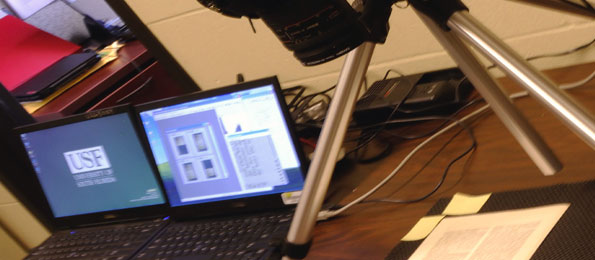Preserving Information on the Rwandan Genocide

Debate regarding custody of information on genocide in Africa and especially in Rwanda has been going on for the past couple of years. The greatest focus has been documents in the custody of International Criminal Tribunal for Rwanda (ICTR) whose mandate is coming to an end and is right now winding down. This debate has also brought into focus all the documents produced by Gacaca courts in the process of carrying out its duties. The bone of contention has been how well these Gacaca documents are likely to be stored and preserved for future generations and how well they can be used to support teaching and research across the world. Despite the raging politics regarding who ought to have custody of the physical documents, preservation issues and access to the documents integrity of the documents has tended to be at the center of these debates.
Preservation of primary documents on the Rwandan genocide is critical because numerous institutions across Rwanda hold varying amounts of physical information objects which if not digitized they may soon be destroyed due to the very harsh physical environments that most of them are stored. At the same time, there is no inventory of what type of information on the Rwandan genocide is held in the various institutions across Rwanda. Due to lack of a coherent government policy to preserve these documents, the future of these very important, rare and unique documents is put at stake. The reason most cited for not digitizing these documents is the high cost associated with digitization projects.
Between October and December 2012, the University of South Florida in partnership with IBUKA (umbrella organization of associations of genocide survivors in Rwanda) will utilize inexpensive equipment to digitize approximately 23,000 pages during this first phase of implementing the partnership. This equipment will include 2 laptops and a DSLR camera. To maximize the quality of the images captured by the camera, RAW format will be utilized. Most of the documents to be digitized are letter size and will be captured at 4500 by 3000 pixels which will be large enough to clearly capture all the text on a page. This inexpensive way to digitize documents if implemented by many institutions in developing countries is most likely going to save a lot of information in thousands of important documents that normally get destroyed each year as a result of being housed in inhospitable environments or simple get destroyed as a result of natural calamities such as floods.

